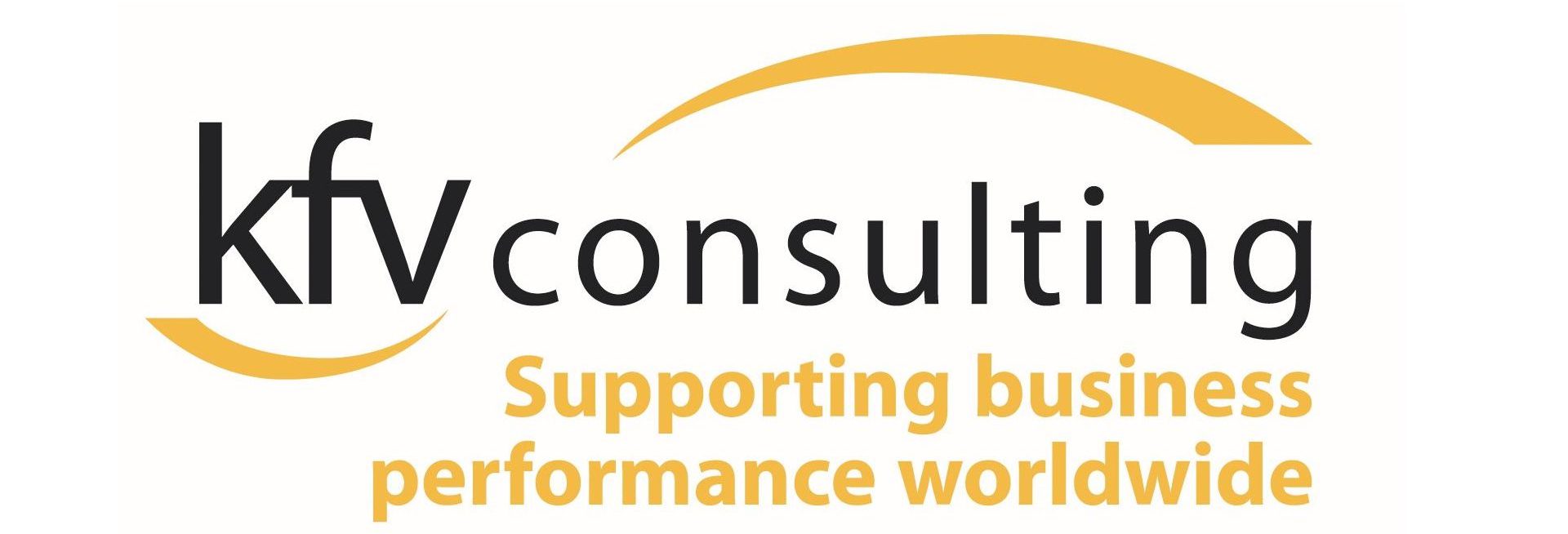Why does your firm need innovation?
Issues covered:
Why does your firm need innovation? Is it part of your competency framework? How do businesses generate new ideas? How do they turn those ideas into products? How do they do this repeatedly?
One reason for an interest in innovation is obvious. Companies that can out-innovate their competitors can delight their customers and build market share. However it is important to factor Innovation into the workplace as the old model is changing.
The old model of innovation was based on four assumptions. The first was a “West is best” perspective. Western companies came up with new ideas and exported them or developed them in emerging markets. At one time, companies interested in innovation focussed on Silicon Valley. Today, the new frontiers of innovation could be Shanghai or Bangalore for instance. They could be delivered by individual entrepreneurs as much as a multinational.
Globalisation and innovation
Western businesspeople should visit Electronic City in Bangalore. It is one of hundreds of electronics cities that have sprung up in emerging markets. Overflowing with hundreds of thousands of researchers, they are no longer allowing Western companies to define the future. India’s Hindalco Industries bought Canadian aluminium maker for $6million. Tata Motors bought Jaguar Land Rover from the Ford Motor Company. Huawei Technologies, a Chinese telecommunications giant, is one of the largest patent applicants worldwide and the list goes on.
Bharti, an Indian mobile company, charges some of the lowest fees but is worth $30bllion. It has taken outsourcing to a new level, only retaining the core business of selling phone calls. Natura Cosmeticos, a Brazilian cosmetic company, has a lean approach to Development. 40% of the company’s revenues come from products introduced within three years. Yet it only has a couple of hundred employees in its Research and Development department. Instead, it forms partnerships with universities and takes up products it can license from international locations. So, for professional service firms, your client groups are also changing.
Does your firm have an innovation strategy too?
Innovation is something you must build into your organisational competency framework. It will define the knowledge, skills, and attributes needed for all the people within your organisation. Each individual role will have its own set of competencies needed to perform the job effectively. So, incorporate innovation into each job function.
To develop this framework, you will need to have an in-depth understanding of the roles within your business. (It is important to make it relevant to the people who will be using it, so that they can own it.)
When designing a competency framework:
1. Involve the people doing the work –
Frameworks should not be developed solely by HR people, who don’t always know what each job actually involves. Nor should they be left to managers, who don’t always understand exactly what each member of their staff does every day. To understand a role fully, you have to go to the person doing the job – as well as getting a variety of other inputs into what makes someone successful in that job. Always build innovation into your discussions.
2. Communicate –
People tend to get nervous about performance issues. Let them know why you’re developing the framework, how it will be created, and how you’ll use it. The more you communicate in advance, the easier your implementation will be.
3. Use relevant aspects of innovation –
Ensure that the competencies you include apply to all roles covered by the framework.
Developing the Framework
There are three main steps in the competency framework development process.
Step One: Prepare
• Define the purpose – How you plan to use it will impact whom you involve in preparing it, and how you determine its scope.
• Create a competency framework team – Include people from all departments that will use the framework and represent the diversity of your organisation.
Step Two: Collect Information
This is the main part of the framework. Generally, the better the data you collect, the more accurate your framework will be. Observe and Interview people, create a survey then analyse the work. You must be clear as to which behaviours are used to perform the jobs covered by the framework and where does innovation fit in.
You may want to consider the following:
• Business plans, strategies, and objectives.
• Organisational principles.
• Job descriptions.
• Regulatory and other compliance issues.
• Future organisation strategy
• Customer and supplier requirements.
Step Three: Implement
As you roll out the finalised competency framework, remember to communicate, communicate, and communicate. To help get understanding from members of staff at all levels of the organisation, it is important to explain to them why the framework was developed, and how you would like it to be used. Discuss how it will be updated, and which procedures you’ve put in place to accommodate changes.
Key Points
Creating a competency framework is an effective method to assess, maintain, and monitor the knowledge, skills, and attributes of people in your organisation. By adding innovation, you will also allow each staff member to add value to the business.
Understanding the linkage between individual roles, innovation and performance will make the effort well worth it and keep your company ahead of the competition.
Finally, do remember that bigger firms tend to attract external people who are prone to adopt a company’s culture rather than be rule breakers. It is essential to formulate a dedicated innovation hub that freely recruits external candidates using your new Competency Framework.
This article is correct at August 2020

